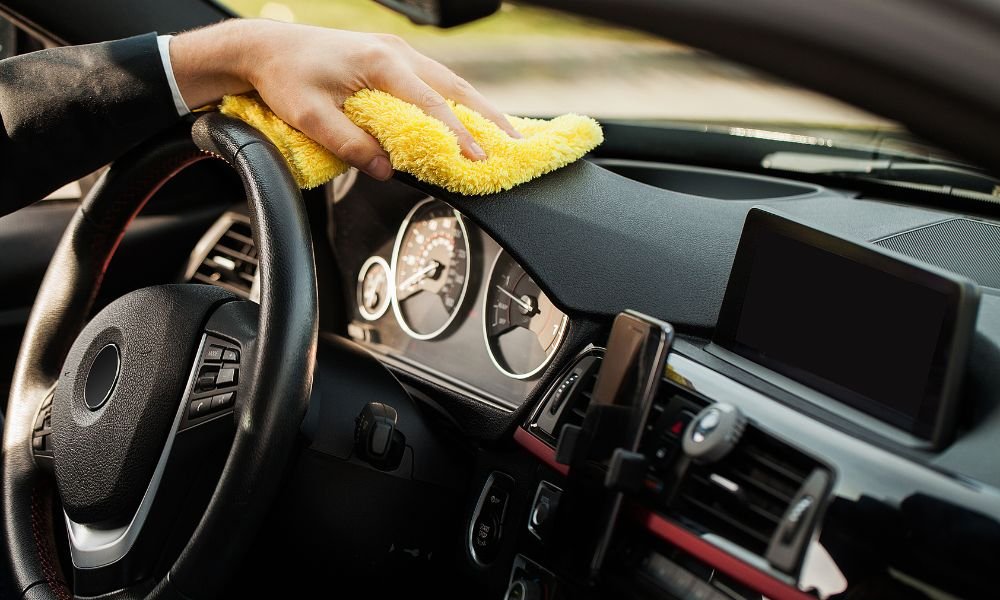Professional Dump Trucking in a 55-Year-Old Ford F600 Is Full of Challenges
All things considered, owning my 1966 Ford F600 dump truck has been great. But as with any old vehicle, though, there have been repairs. Some larger than others. And as I’ve been dipping my toes into the lucrative (hopefully?) for-hire hauling world, I’ve gotten quite an education.
The most recent fix came after I delivered my first for-hire load which, admittedly, was heavy, but not outside the truck’s listed limits. A silly mistake cost me about two weeks of operating time, which is a big no-no in the trucking world. But I’m getting ahead of myself here.
I was all-on-board when my father, who runs his own backhoe business, called me needing a load of gravel delivered. This would be my first time hauling anything other than my handsome self down the road, and definitely my first time at the local quarry. It was an experience in and of itself, which involved my truck being the smallest on the lot and me being a slightly embarrassed FNG.
As I wandered to the office by the scales, I explained, “Hey, I’m new here!”
“We can tell,” they answered back.
After that, I told them exactly what I was after and how much I needed—five tons in total. They pointed me toward the back of the quarry and told me a loader would be there in a minute. As I sat in waiting, watching trucker after trucker flick their cigarettes, pull onto the scale, and leave, I realized I didn’t quite fit in. First of all, I was only after five tons—they were here for 30 in their much bigger rigs.
It wasn’t long before a Caterpillar 980H loader pulled up and told me to turn around since I had backed up to the wrong pile. Another newbie goof. No matter, though, as I did a 180-degree turn and was ready for rock. One mighty scoop was all it took from the CAT to load me up, its tires standing nearly as tall as my cab.
Total load weight for my rig measured five and a half tons—11,100 pounds, to be exact. I paid them for the materials and set off on my 12-mile trip to the delivery site.
Since my two-speed rear-end remains locked in low-range—I really need to get that fixed—it was a slow drive. Not that I’m complaining, given the fact that my front end was only weighed down by the truck’s 300-cubic-inch inline-six. It was especially nerve-wracking when I saw the driveway I’d be climbing up, which looked no flatter than Everest and narrower than the bridge of my nose.
It was no match for my granny gear, however, and I made it up in a cinch. And by “in a cinch,” I mean steady crawling at 7 mph.
I dumped the gravel, collected my pay, and drove home with a smile on my face. I blasted John Prine on the Bluetooth speaker that’s found a permanent home on the dash, and I considered it a job well done. What I had forgotten after parking it, though, was a crucial post-trip inspection of the studs that fasten my drive axle to the hub.
I always check before taking off, but as luck would have it, I wasn’t the one who drove it next. My in-laws asked to borrow the F600 for a local parade and I told them “sure,” not thinking about checking the studs beforehand. While the truck was a Main Street hit, sure enough, it sheered a stud and spit out even more fluid than the leaky seals were already spewing beforehand.
This resulted in a relatively in-depth fix that included pulling the wheels off, removing the axle, and replacing both the inner and outer axle seals. Long overdue maintenance, of course, and a lesson I learned the hard way when it comes to making sure everything is in proper working order.
The repair took all of a couple hours, though my hunt for Grade 8 replacement hardware took days. For some reason, no auto parts stores or heavy-duty equipment outlets carried what I needed. This, compounded with my week-long hunt for the proper seals, meant it was parked for the better part of 14 days. Thanks to Darren at Bumper-to-Bumper of Neosho, Missouri for hooking me up.
With the proper parts acquired—I went with bolts rather than the more quarrelsome studs—it was in better shape than when I bought it about two months ago.
I also scored a handful of limitlessly useful tools, from a crowbar to a near-obsolete lug wrench for my Bud-style wheels. Oh, and an old Model T driveline my grandpa had laying around. You never know when it’ll come in handy.


